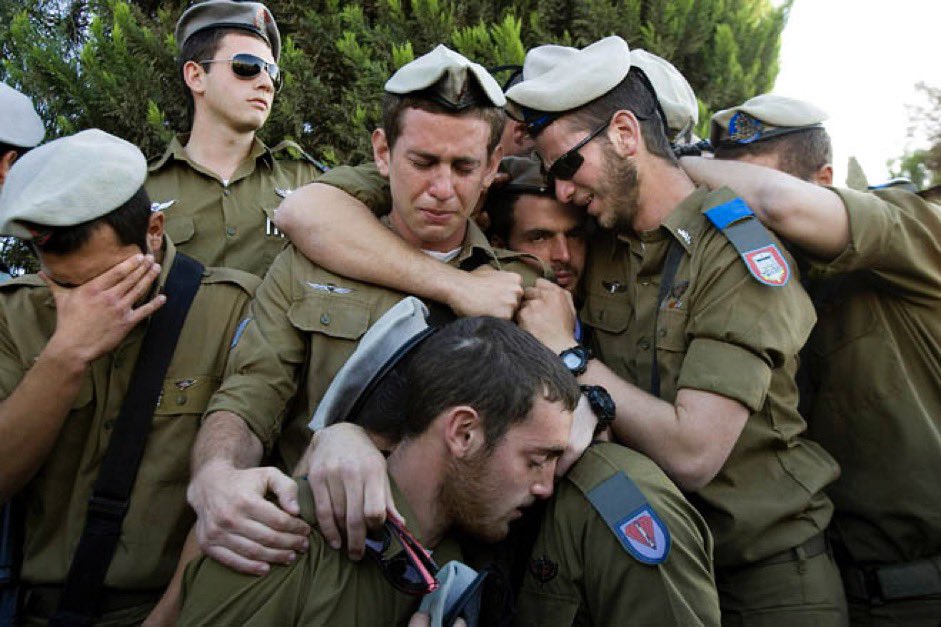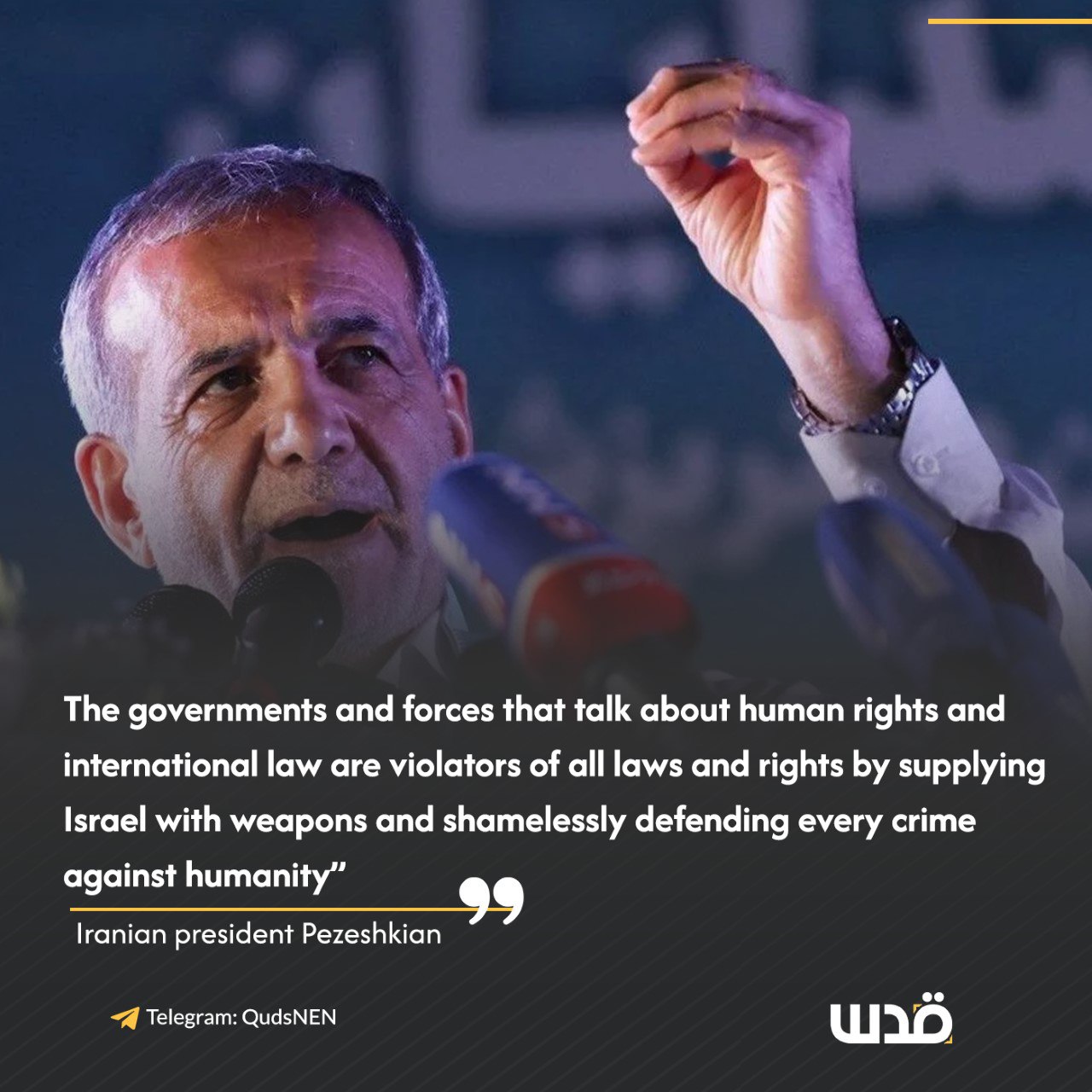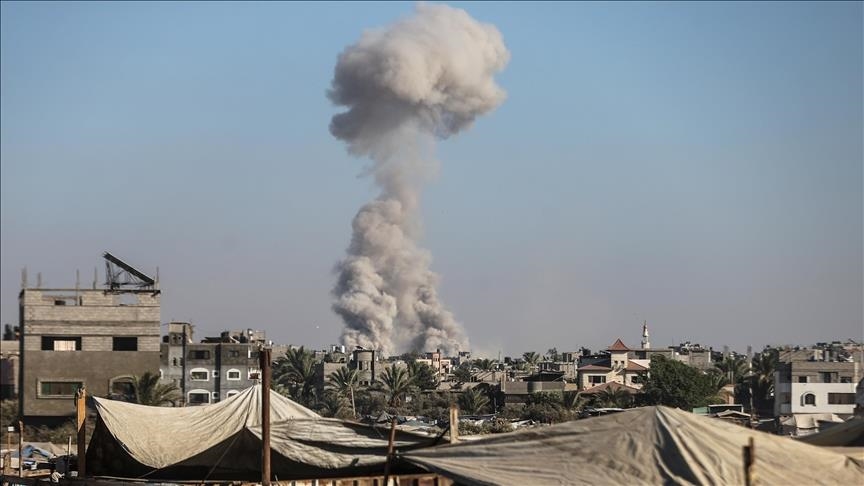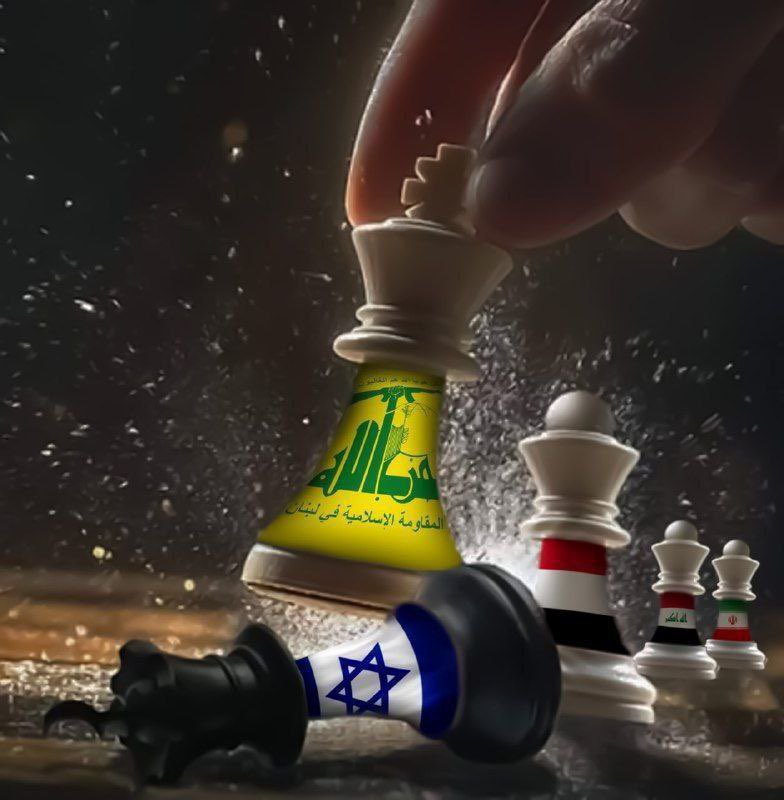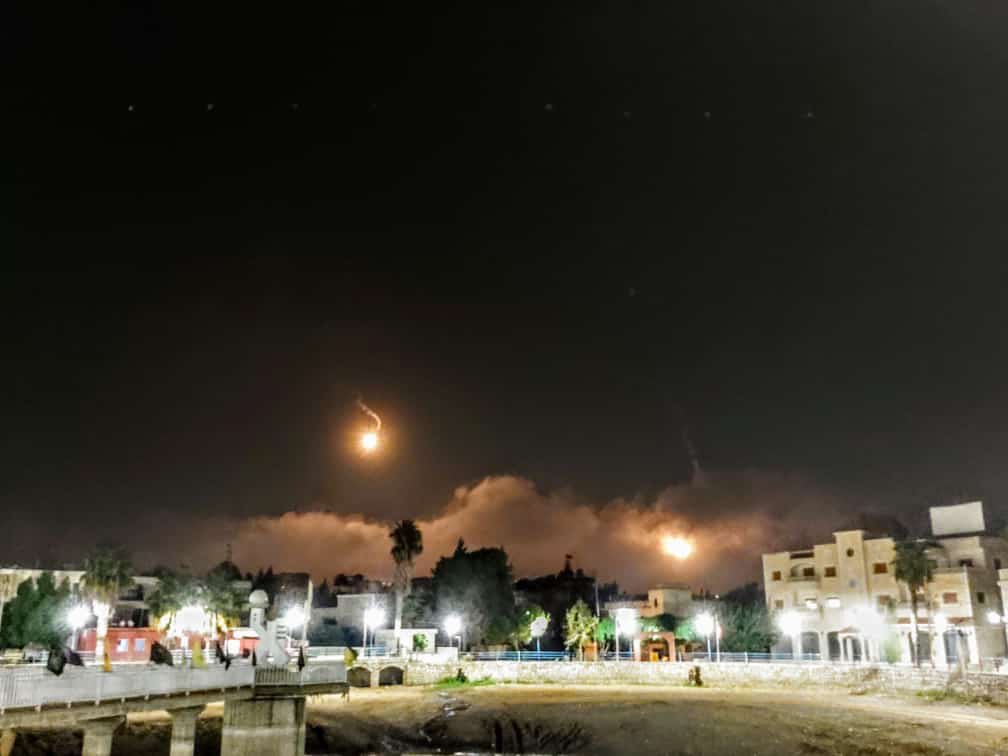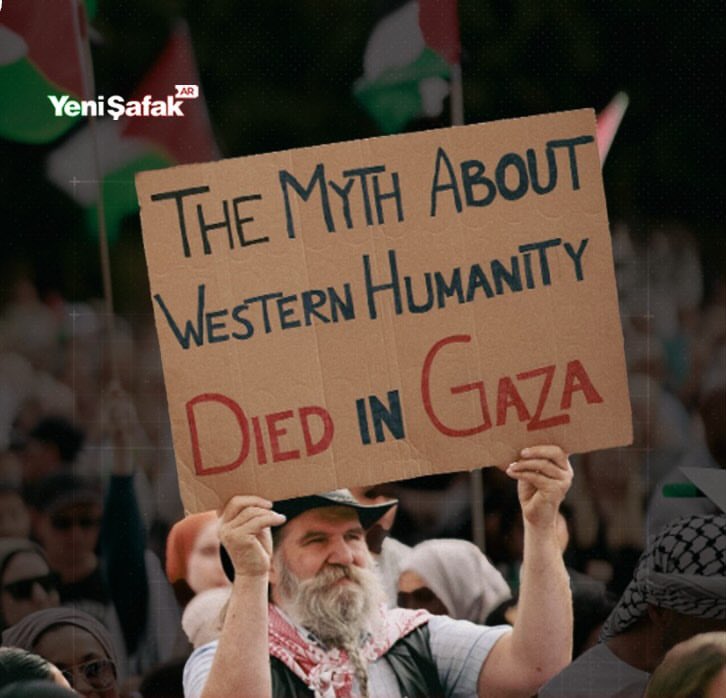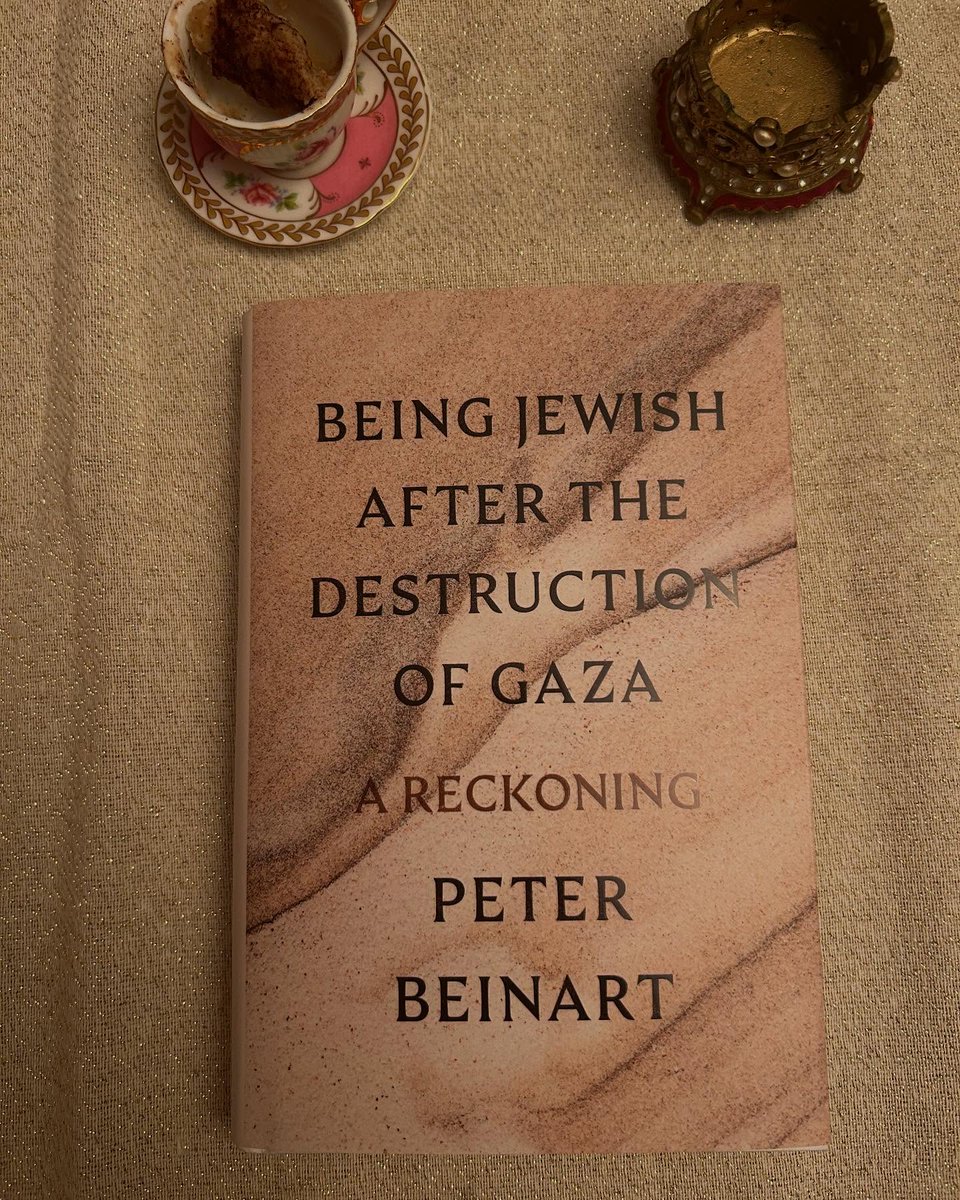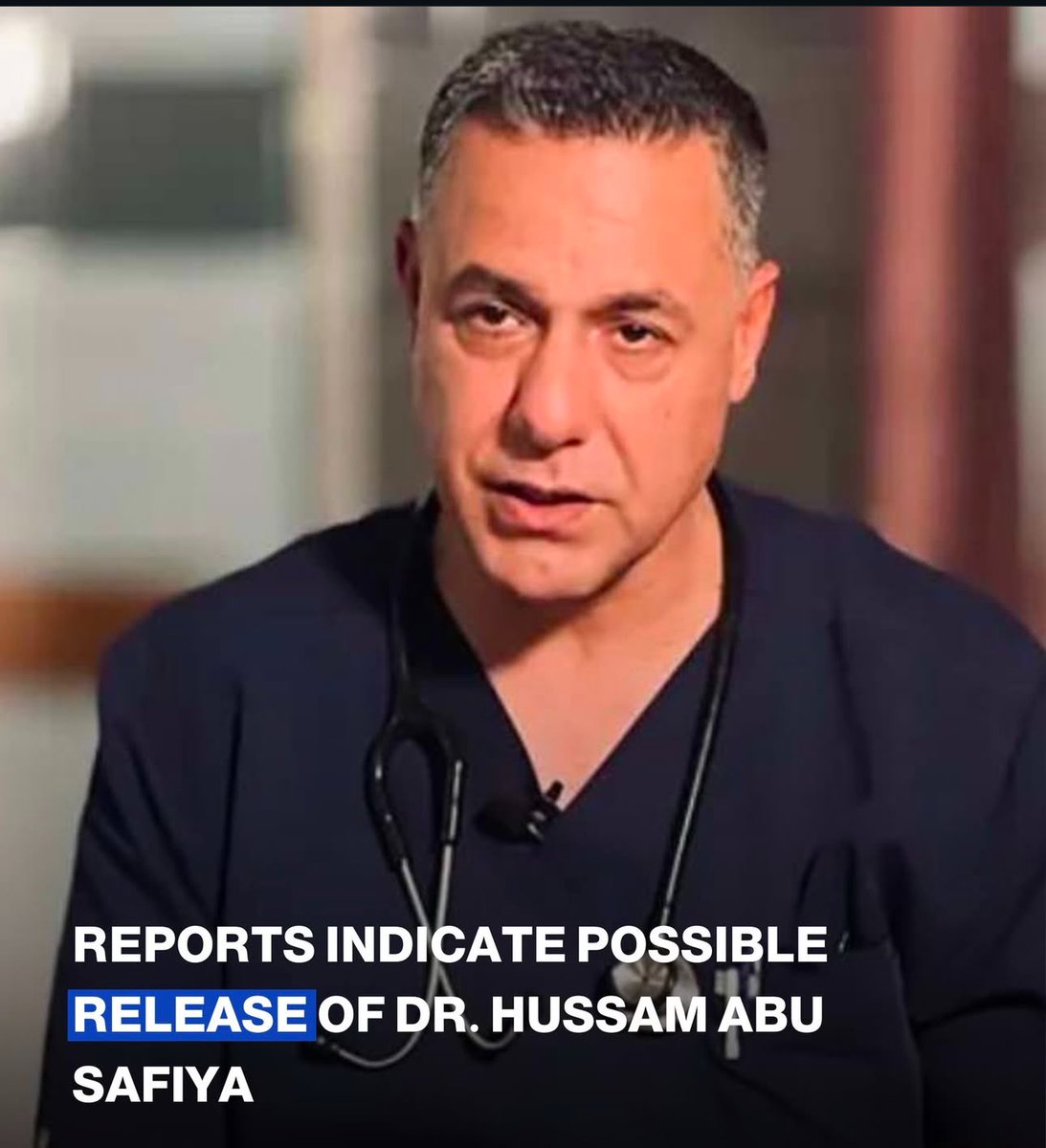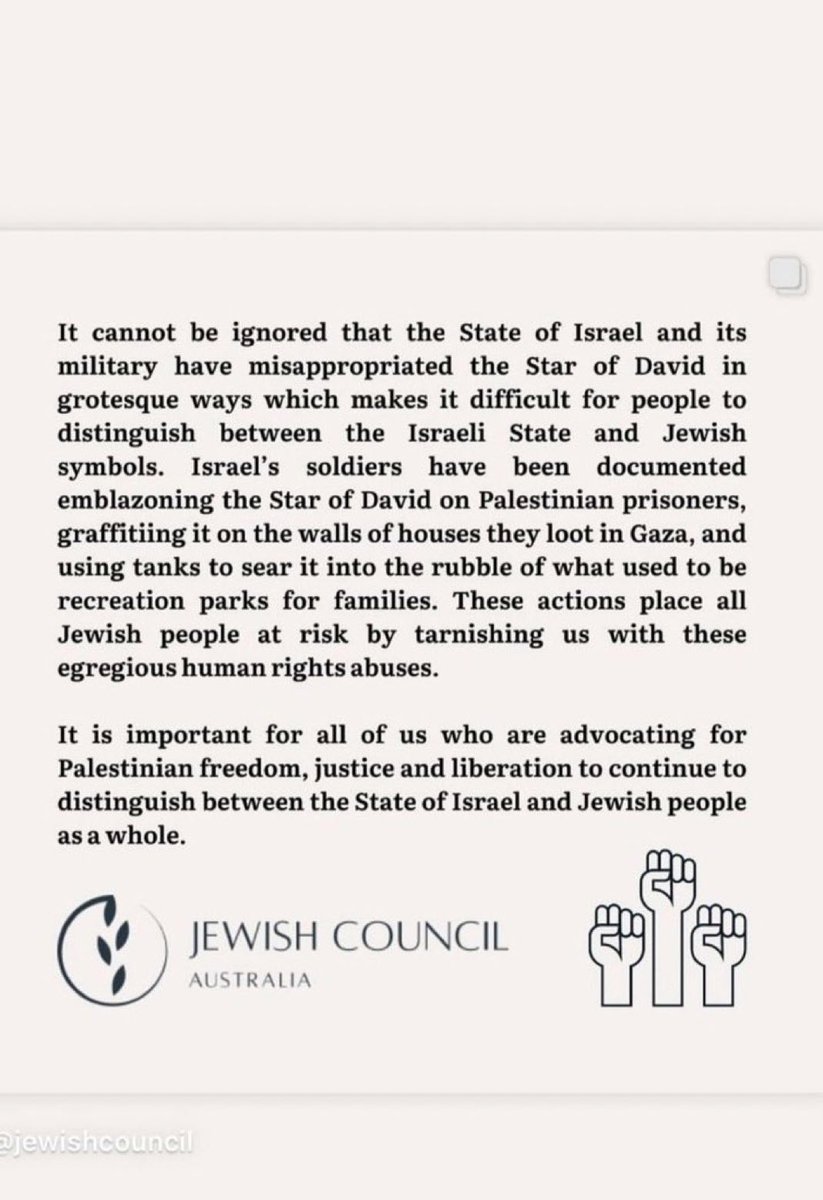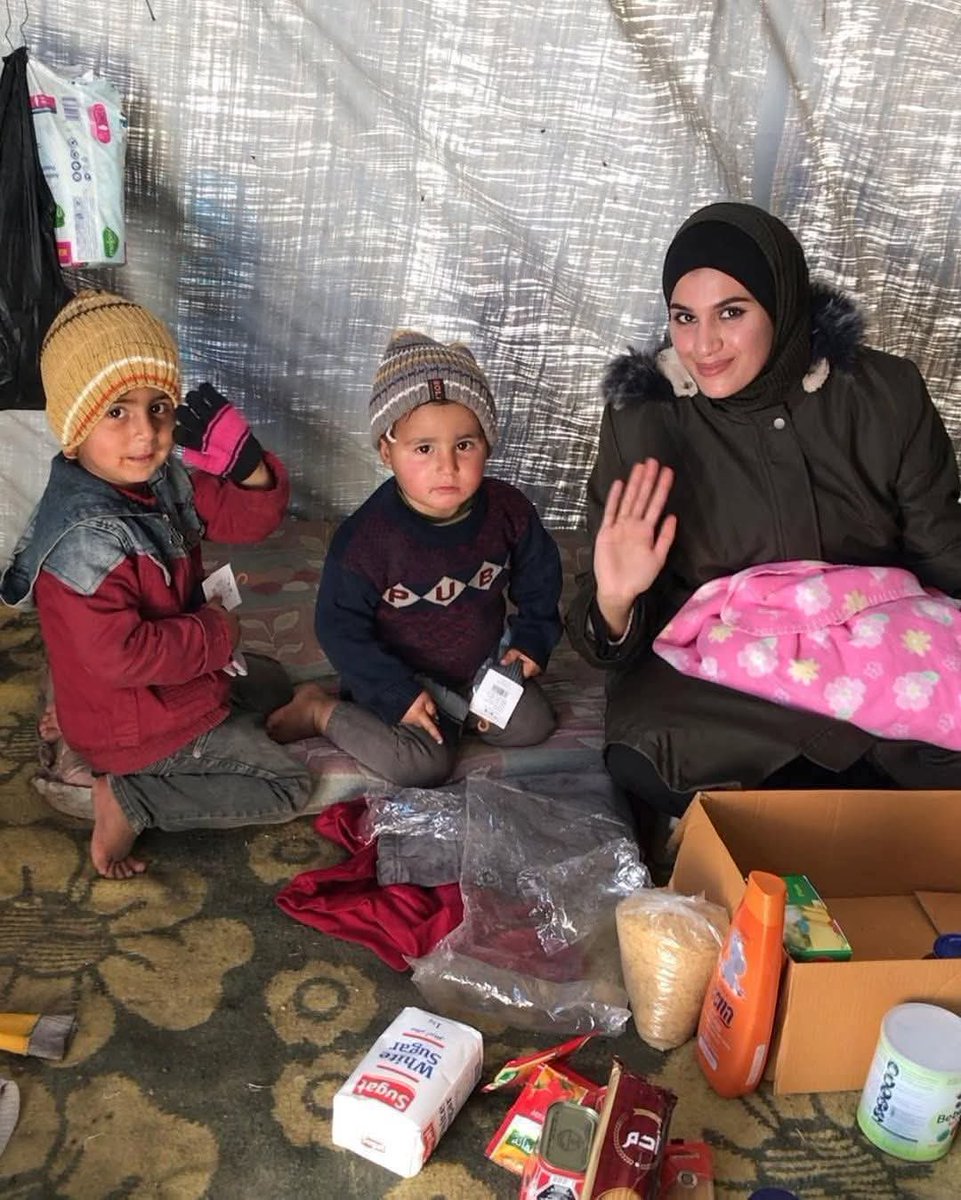Israeli Soldiers Discover Lebanon is No Joyride
The Israeli occupation army announced, Friday morning, the killing of two officers and three other soldiers in battles in southern Lebanon, bringing the announced death toll to 10 in less than 24 hours.
Israeli army radio said the Lebanese Hezbollah launched rockets intensively the previous Thursday night towards the forces stationed in a village in southern Lebanon.
It reported Hezbollah launched a barrage of rockets towards a gathering of the occupation army inside a village in the eastern sector of southern Lebanon, and one of the rockets fell near a building where a force from the 89th Battalion was present according to Jordan24.
This is addition to fighters from a logistical convoy that was about to leave the place after renewing the force’s supplies to continue fighting. As a result of the rocket attack, 24 soldiers were injured, five of whom were killed, four were seriously injured, seven were moderately injured, and eight were slightly injured.
Israeli media reported that the dead included the deputy commander of the 89th Battalion, and all five dead were from the 8th Armored Brigade, 89th Battalion.
The Israeli Ministry of Defense announced 890 soldiers, officers, police officers, and security personnel were killed since October 7 of last year.
The Israeli army reported in a statement published by Israeli media four reserve soldiers were killed and six others were wounded during a clash with Hezbollah fighters in southern Lebanon, Wednesday, when a group of Hezbollah fighters emerged from a tunnel in a rugged area and threw hand grenades at the force.
It pointed out that the number of dead does not include settlers and that among them are 808 officers and soldiers from the Israeli army, 75 members of the Israeli police, and 7 members of the General Security Service (Shabak).
Since September 23, the occupation forces have expanded the scope of the genocide they have been committing in Gaza since 7 October, 2023, to include most areas of Lebanon, including the capital Beirut, through unprecedentedly violent and intense airstrikes, and have also begun a ground incursion into the south, disregarding international warnings and UN resolutions.
The aggression on Lebanon has resulted in the deaths of 2,574 people and the injury of more than 12,000 others, including a large number of women and children, in addition to more than 1,340,000 displaced persons.
Hezbollah Statistics
Hezbollah, and with numbers and statistics drawn up the latest heavy losses it inflicted on the Israeli occupation forces, despite the intensive aerial bombardment.
Hezbollah confirmed that the Israeli army was unable to occupy any of the villages on the front edge of southern Lebanon, confirming that its elements confronted the Israeli forces on five axes on the border according to Al Jazeera.
The party said 70 Israeli soldiers were killed and more than 600 wounded in addition to the destruction of 28 Merkava tanks, four military bulldozers, an armored vehicle, and an armored personnel carrier, in addition to the shooting down four drones.

